The Ismae Index pt. 2
A Brief History of the Dockhaven Desalinization Plant
by Lady Orilausko
One of the many issues created by the ruinous incident we now call “the Cataclysm” was a lack of fresh water. While Ismae’s remaining residents found themselves suddenly flooded, the water was too briny for use. Immediately after the environmental catastrophe, most remaining communities dug what wells they could and set up distribution hubs. Over the centuries, though, more sophisticated water-delivery methods emerged, most notably solar stills and seawater greenhouses.
Founded in 1847 on a tiny extinct caldera where no fresh water could be tapped, Dockhaven relied on such stills and greenhouses scattered throughout the city until 1968 when zoeticist Master Kluuta Orono—one-time apprentice to the brilliant Jodidar Grifmuel—constructed his desalinization plant on Dockhaven’s Big Island. Housed inside were thousands of zoets known as lusca, their genome designed and developed by Master Orono.
Looking something like large, pale, and flaccid worms, the lusca’s genome design was based on that of the lusmer, a gelatinous creature that thrives in estuaries, able to consume both fresh and seawater. (Personal note: lusmer are delicious when prepared with butter, byk fruit, and dulse.) Master Orono’s alterations allowed these new zoetic creatures to take in saltwater through a mouth-like orifice at one end and eject freshwater from the other end. The extracted salt, expelled through a third, mid-body port, was traded—for a percentage of any profit—to the merchants along what is now known as Salt Street to be packaged and distributed throughout the isles or disposed of further out to sea.
Combined with a massive network of intake and distribution pipes, Master Orono’s fleet of lusca easily provided the city with sufficient water. Despite this ready access, though, the fees Master Orono charged left water cost-prohibitive for many of Dockhaven’s residents. For about a year, the pipes running under the Upper and Lower Rabbles and the Prick remained nigh unused.
During that time, the plant—with its massive cylindrical clay-colored towers and cobalt-tiled roofs—became a tourist attraction. People came from across the isles to experience the new wonder.
With both these factors in mind, then-Mayor Maryn Raan approached Master Orono with a proposal. The city would pay him a generous annual stipend as well as allowing him and his inheritors to retain ownership of the plant, the land it sat on, and the lusca genome. In return, Master Orono would cede ownership of all waterworks outside the plant to the city.
As an additional stipulation Raan pressured Master Orono into developing the land on the seaside of the plant into the green space known as the Promenade, complete with wooden boardwalk jutting from the Big Island’s cliffs. Visitors to the Promenade would have picnics, play lawn games, and enjoy spectacular views of the Middle Sea as well as nearby Nireer’s Isle. Hotels, taverns, and fashionable restaurants sprung up like weeds across the Big Island. Thanks to this arrangement, Mayor Raan and the City Council have been able to provide all citizens of Dockhaven with free water—though ships still pay a significant amount to fill their tanks. By 1970, nearly all solar stills and seawater greenhouses on Dockhaven were abandoned and dismantled.
In 2061, a portion of the plant was closed due to damage caused by a nearby subterranean explosion, which had purportedly killed Master Orono. All lusca, cisterns, and plumbing associated with the damaged areas were abandoned and left to crumble. Though the Orono estate was left in trust with the city, no effort was made to raze or rebuild the ruins. The city government’s reasoning was never explained. Mayor Raan said only that rebuilding the system was “cost-ineffective.” Local rumors, however, claimed that anyone entering the damaged towers or the system of maintenance tunnels below was never heard from again. A variety of colorful legends and stories grew up around these deserted areas.
The city renamed the plant the Kluuta Orono Memorial Desalinization Plant and erected a statue of its founder in front. In 2085, the name was changed again after Master Orono was discovered still alive beneath the plant, where he had spent more than two decades perpetrating ghastly crimes. The facility is now known simply as the Dockhaven Desalinization Plant, or as the locals prefer, “the desal plant.”
More can be learned about the desal plant, its history, and fate by reading Things They Buried and They Eat Their Own.


